
Financial Market (Part 5)
Understand the basics with our interactive market course.
Understanding Pips in Forex
The term 'pip', which stands for "point in percentage", refers to the smallest price change a currency pair can make. For most currencies, this is the fourth digit after the decimal, but for Japanese yen pairs, it’s the second digit.
Below is an example of how exchange rates are displayed for different currency pairs, with the pip digit shown:
EUR/USD = 1.13422
GBP/CAD = 1.71791
USD/JPY = 110.771
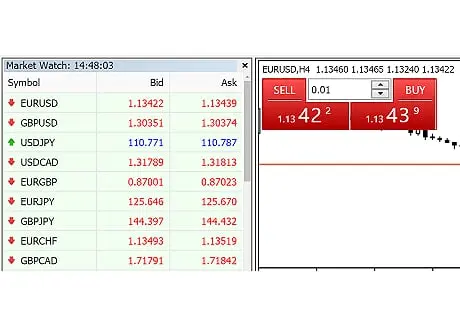
What is a pip
In FX trading, a “point” refers to a fraction of a pip, and today, most brokers display quotes with one extra decimal place beyond the pip.
10points = 1pip
In other words, the final digit in a price quote is a point, which helps make the quotes more detailed. This also allows brokers to show spreads and trades in smaller, more accurate amounts.
For example, a 1.4 pip spread equals 14 points.
In Forex, we use pips and points, but for assets like indices, you’ll often hear “base point” or “index point” instead. These terms represent one full currency unit.
So, if the FTSE 100 index is at 7664.95, the digit before the decimal point is the “index point” and equals £1.
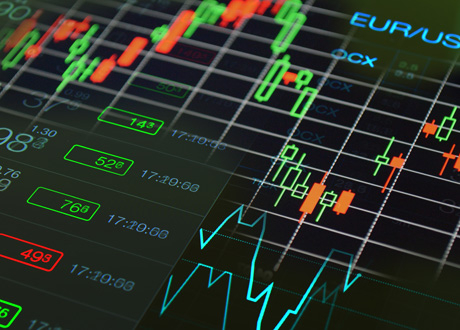
Pip value
The monetary worth of each pip (and point) depends on the currency pair you are trading and the size of your trade.
Why does this matter? Because your profit or loss depends on multiplying the number of pips the price moves either for or against you by the value of each pip.
To calculate the pip value in Forex, you can use these formulas:
- Pip size (in decimal form) × Trade size (in units) = Pip value in the Term currency
- Pip size (in decimal form) × Trade size (in units) ÷ Exchange rate = Pip value in the Base currency
Let’s explore some examples to better understand this.
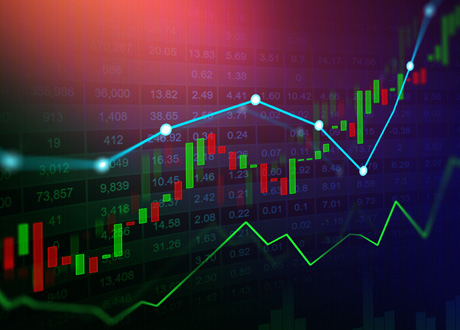
Pip in decimal places
‘Pip in decimal places’ indicates which decimal digit counts as a pip—typically the fourth digit after the decimal point, or 0.0001 for most pairs. In this scenario, 1 lot corresponds to 10 units of the Term currency since 0.0001 X 100,000 = 10.
For JPY currency pairs, where the pip is counted at the second decimal place (0.01), 1 lot is worth 1,000 JPY, because 0.01 X 100,000 = 1000.
To better understand how pip value is calculated, refer to the table below which shows different trade sizes and pairs.
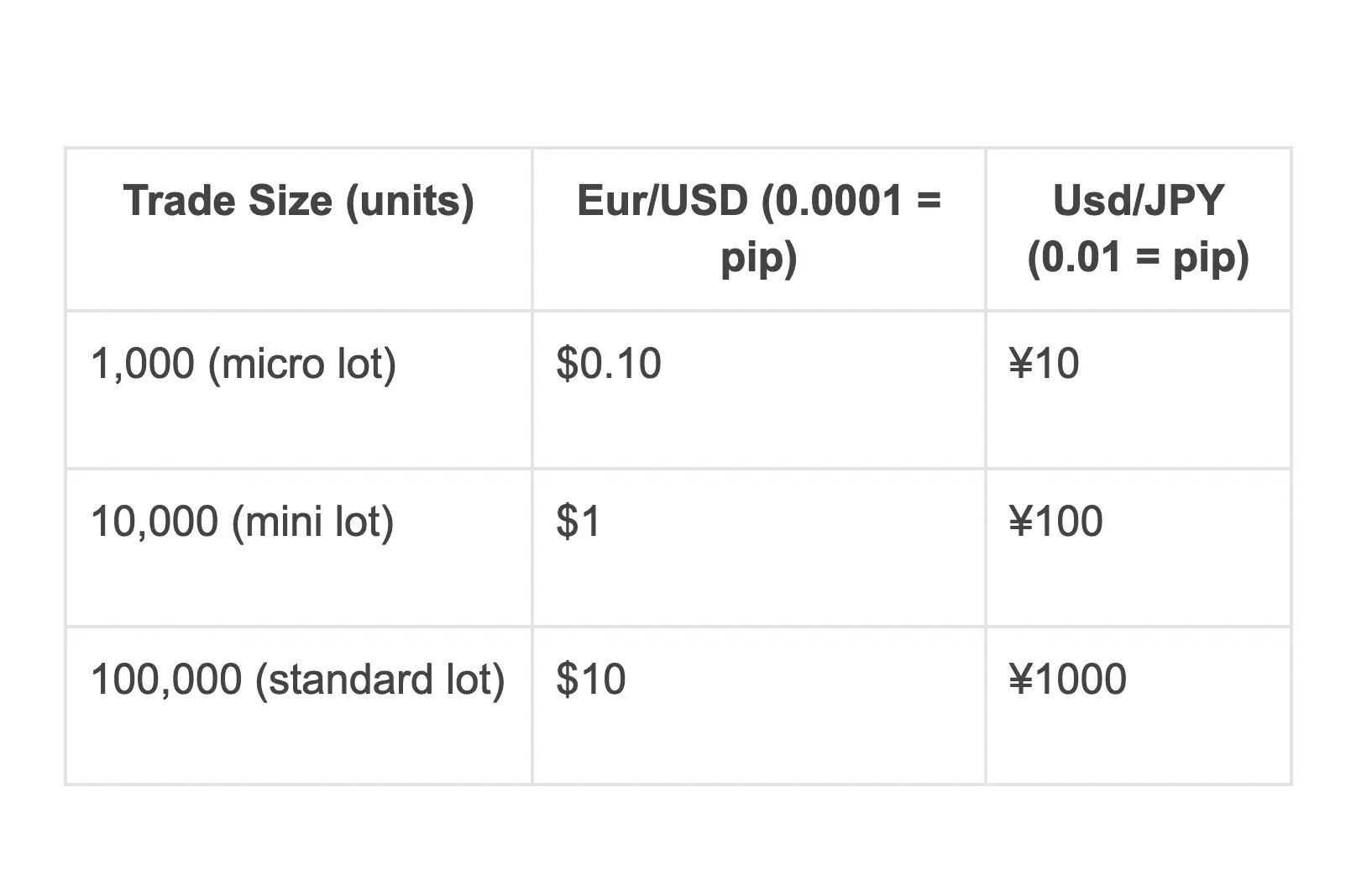
Let’s review the key points from this lesson:
- The terms pips, points, and ticks describe price fluctuations in various markets.
- In Forex, a pip usually corresponds to the fourth decimal digit, with JPY pairs using the second decimal digit instead.
- A point is a smaller fraction of a pip and is the last digit shown in a price quote.
- Calculating spread and PnL involves multiplying the pip value by the number of pips.
- For four-decimal currency pairs, 1 lot’s pip value equals 10 of the term currency.
- Other asset groups use Points and Ticks differently.

The term ‘Tick’ in FX describes a single price change, no matter how many points the price shifts. Price movements don’t always happen one point at a time. For instance, if EUR/USD moves from 1.10564 to 1.10567, that counts as one tick, even though the price changed by 3 points.
In asset classes such as Futures and Commodities, a ‘tick’ denotes the smallest price movement and plays a role in calculating total PnL.
You can find more information in the specific asset details on the Atmexx website.
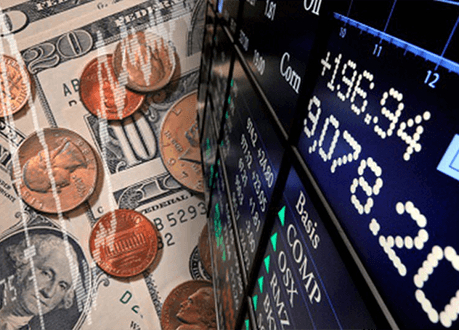
Risk Warning: Before you start trading with leverage, ensure that you understand the associated risks and possess a sufficient level of knowledge
We do not serve customers from the USA and Iran



.svg)